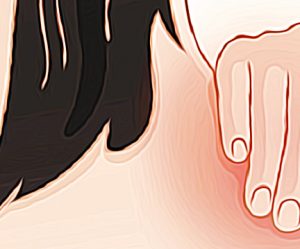
When someone reports problems with their shoulder it is extremely important that the general practitioner or surgeon who is caring for the patient takes the time to evaluate the injury and decide the best option for the road to recovery. For some patients this might include ongoing physical therapy, a reconstructive procedure, or a total shoulder replacement. Each of these methods have their own recovery journey and are not always suitable for every patient. Shoulder replacement (arthroplasty) is an option that is usually reserved for patients who have degenerative arthritis or other long term issues related to the shoulder. Degeneration of the shoulder joints, also known as osteoarthritis, happens when the cartilage is damaged or worn. This occurs over time, particularly as people age, and results in the bones becoming exposed to each other. When the cartilage wears away the humeral head (ball) rubs against the glenoid (socket), causing excruciating pain and stiffness.
Rotator cuff repair surgeons in the Melbourne CBD look for certain signs when deciding whether or not a patient requires reconstruction or total repair. A surgeon who performs shoulder replacements will have the same thought process. The surgeon will evaluate the level of pain the patient is feeling, whether this pain is something that can be eased with time, and if the pain is affecting the patient’s day to day life. ‘Is the pain stopping the patient from sleeping comfortably each night?’ ‘Is the pain preventing the patient from being active or being able to work?’ These are questions that a surgeon will consider. Before opting for a shoulder replacement, a surgeon will also ensure that the patient receives x-rays. This will help the surgeon to properly inspect the shoulder joint, see how bad the damage is, and have an informed decision as to what to do next. Usually, there are four main options: physiotherapy, pain relief medication and anti-inflammatories, steroid injections, and surgery. Surgery itself can also vary in terms of invasiveness.
